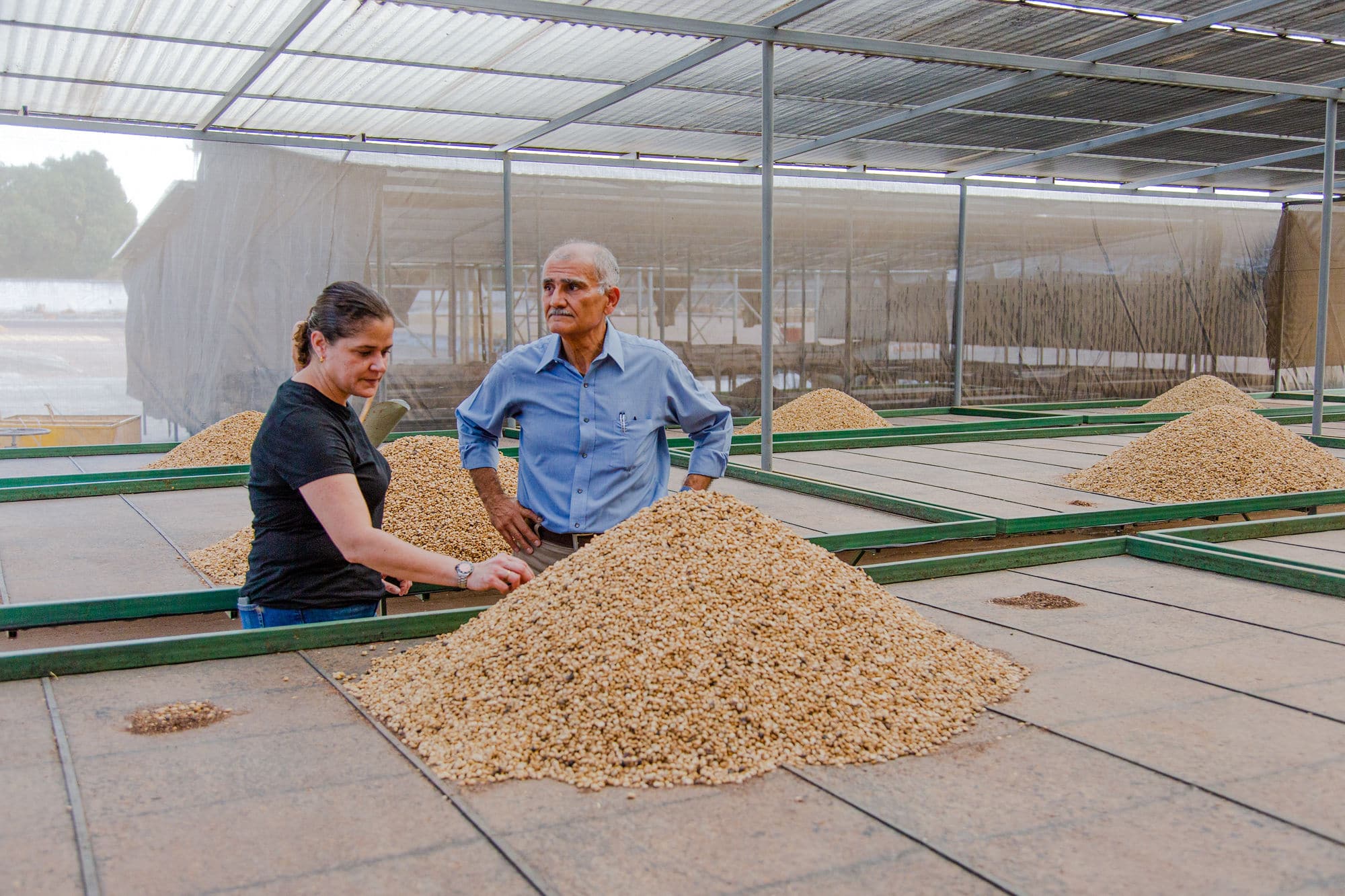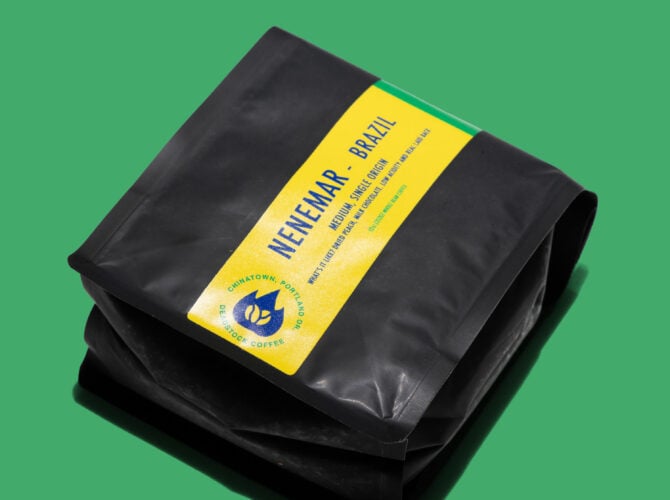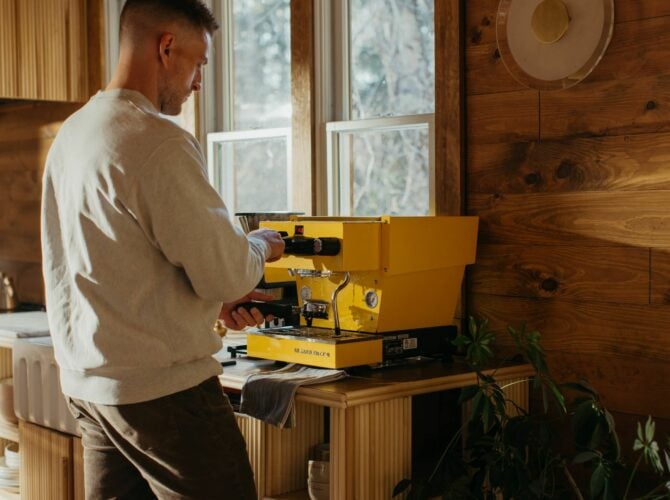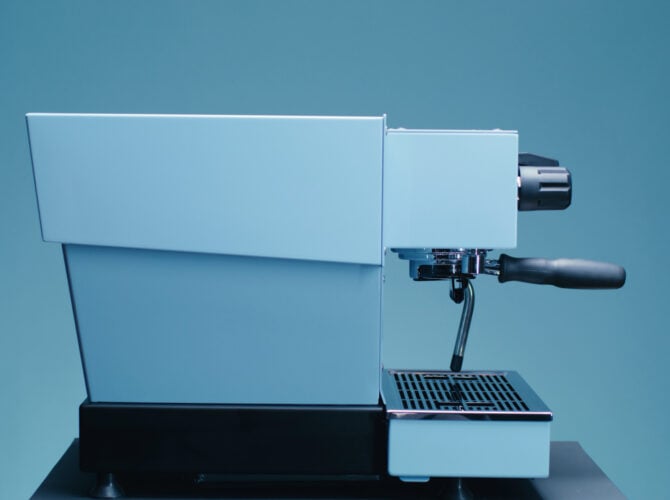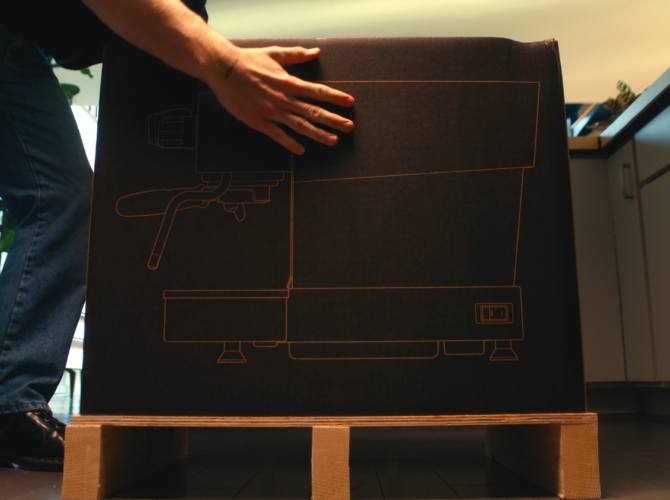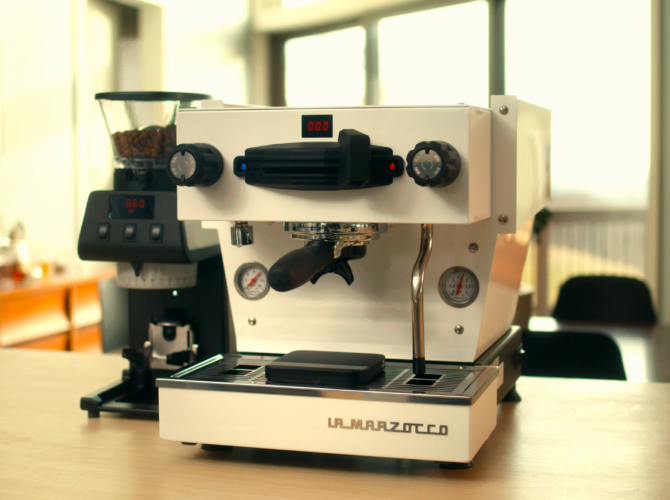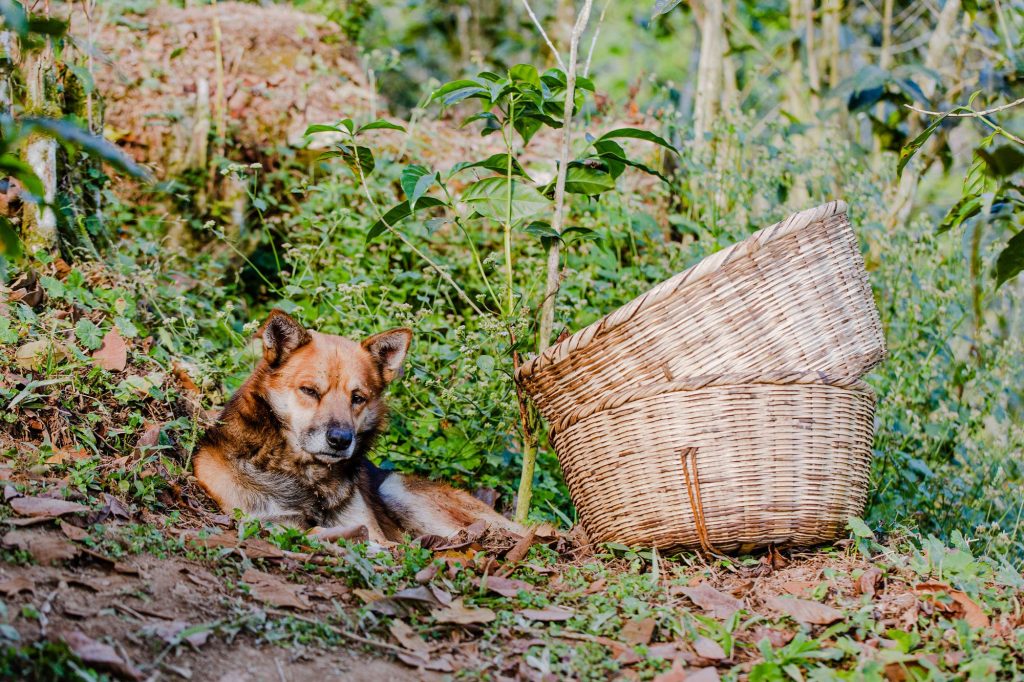

All over the world, people start their day by making a cup of coffee. Espresso at Home gives us a glimpse into the ritual of home baristas and what inspires them in their daily life.
—
Back in early March we sent a team from Life and Thyme down to document harvest at Aida Batlle’s coffee farm in El Salvador. We had no idea that life would change so dramatically. We are so thankful we had the chance to visit Aida and we hope you enjoy a little escape to a beautiful place creating wonderful coffee.

In the late eighteen hundreds, my great great grandfather had a coffee farm here in El Salvador. We moved to Miami when I was younger because of the Civil War. I was there for 15 years and then lived seven years in Nashville. What drew me back was coffee, and I hadn’t been back to El Salvador for a while. I came down, my father took me to the farms and I fell in love with it. And I thought I was pretty cool that I was fifth-generation. He needed help, and it’s been a great journey.

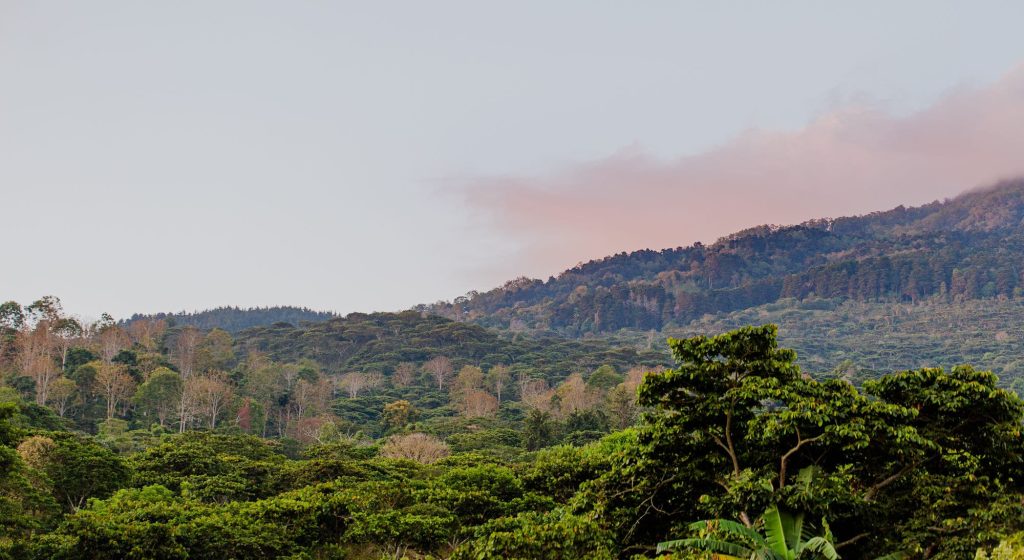
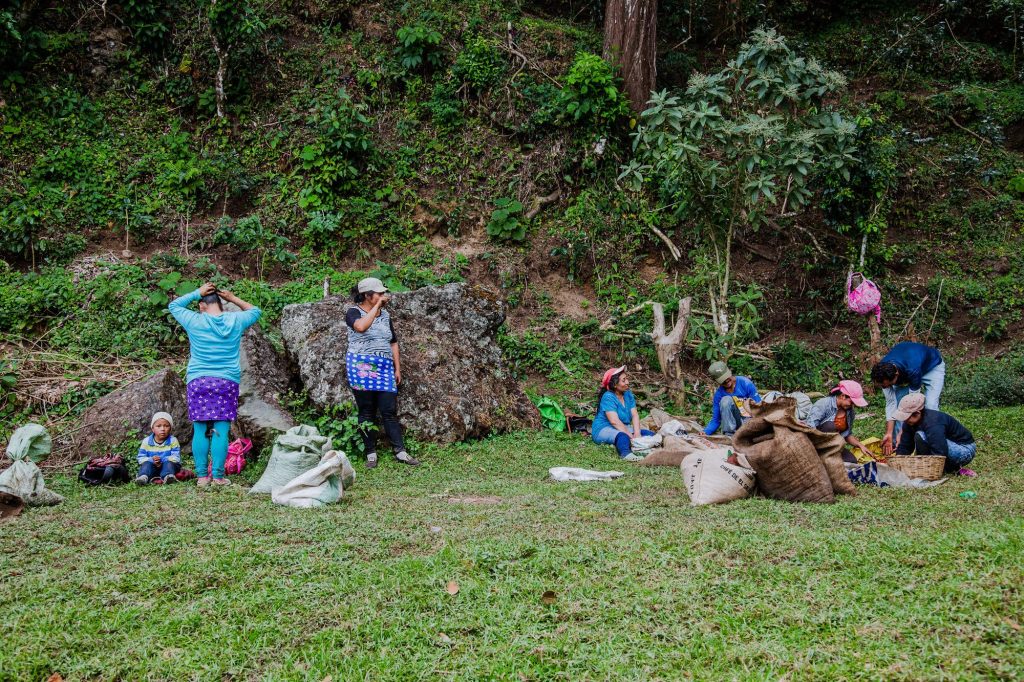
Kilimanjaro sits right on the slopes of the Santa Ana volcano at fifteen hundred and eighty meters above sea level, and goes all the way up to 1720. It’s actually located in what the older producers used to call the Golden Belt, which is the perfect microclimate for coffee.
We’re not going out and watching harvest, we’re looking at everything we’ve invested, getting the new plants to finally produce, getting that fruit off the trees. Coffee being an agricultural product is like grapes for wine. There’s gonna be years that are better.


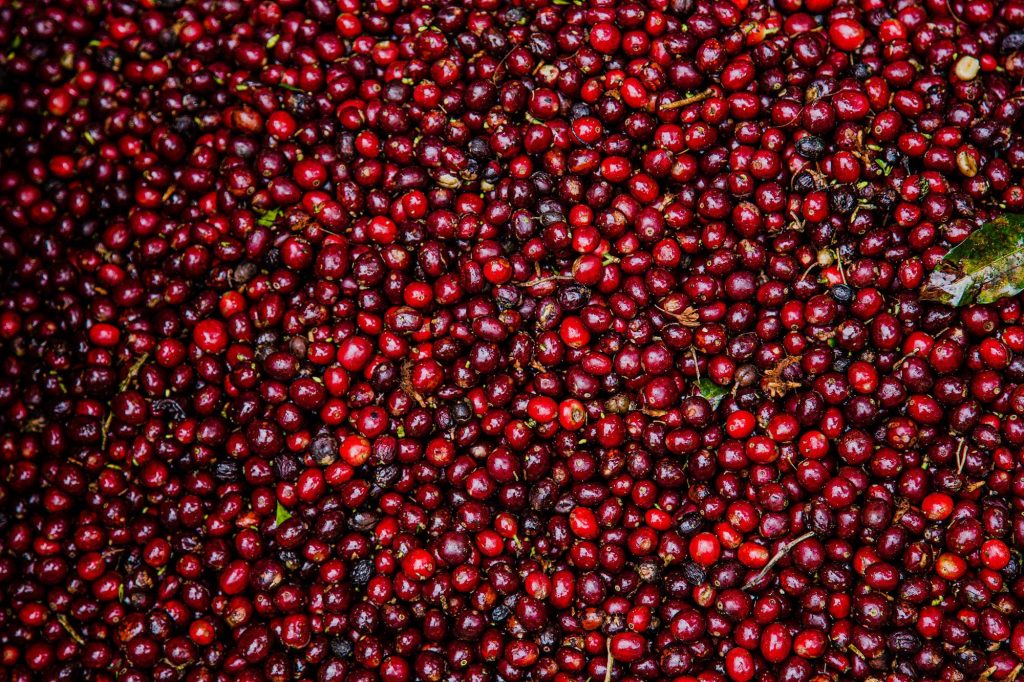
You know, people take it for granted sometimes, because I don’t think they know what it really takes to produce a cup of coffee. A lot of people don’t understand what happens behind the scenes. They’re just used to going in, ordering their daily cup of Joe. And in a way, without realizing how many people were involved and how it impacted their lives. One of the cool things about my job is that I never stop learning. I always want to see what else we can do, how else we can improve.
My philosophy with coffee farming is definitely more experimental. It’s interesting to see how you can take a coffee and process it 11 or so ways and you would think I’m going to different farms. Reality is one farm, just processed differently.
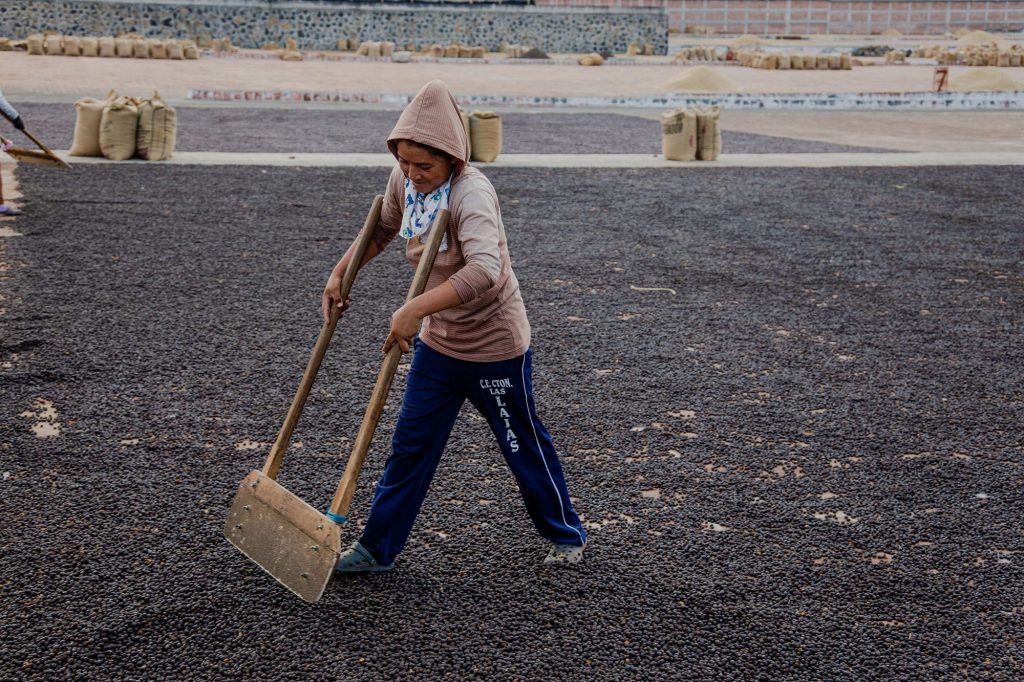
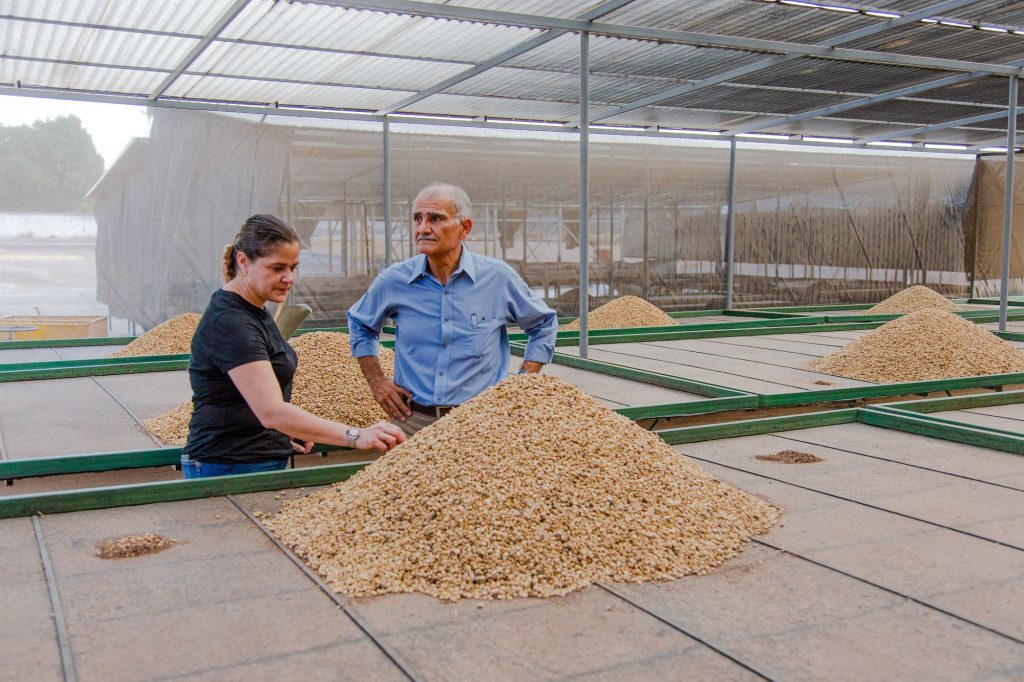

To me, having a Linea Mini is an amazing tool because I’ll get to cup the coffees at the mill and then I can bring some back and see how they’re tasting. I think the varieties we have in El Salvador in general and that we have on our farms definitely make for great espresso. Our acidity is not very high, so we have a lot of chocolate and stone fruits, juiciness and sweetness. I’ve used a lot of espresso machines for home, but this one is like having like a regular La Marzocco machine condensed into one perfect packet.
It’s definitely a machine that you can get one of the best extracted espressos out there. That final moment is very special because it’s a year’s worth of work knowing what the consumers are going to taste: it’s very exciting for me. It makes me very proud that we’ve done everything to make it just right.
☕️
Photos & Video by Life & Thyme (@lifeandthyme)
Sign up for the La Marzocco Home Email List to be the first to receive more content like this, including home barista education, events, and all the latest La Marzocco Home news.
